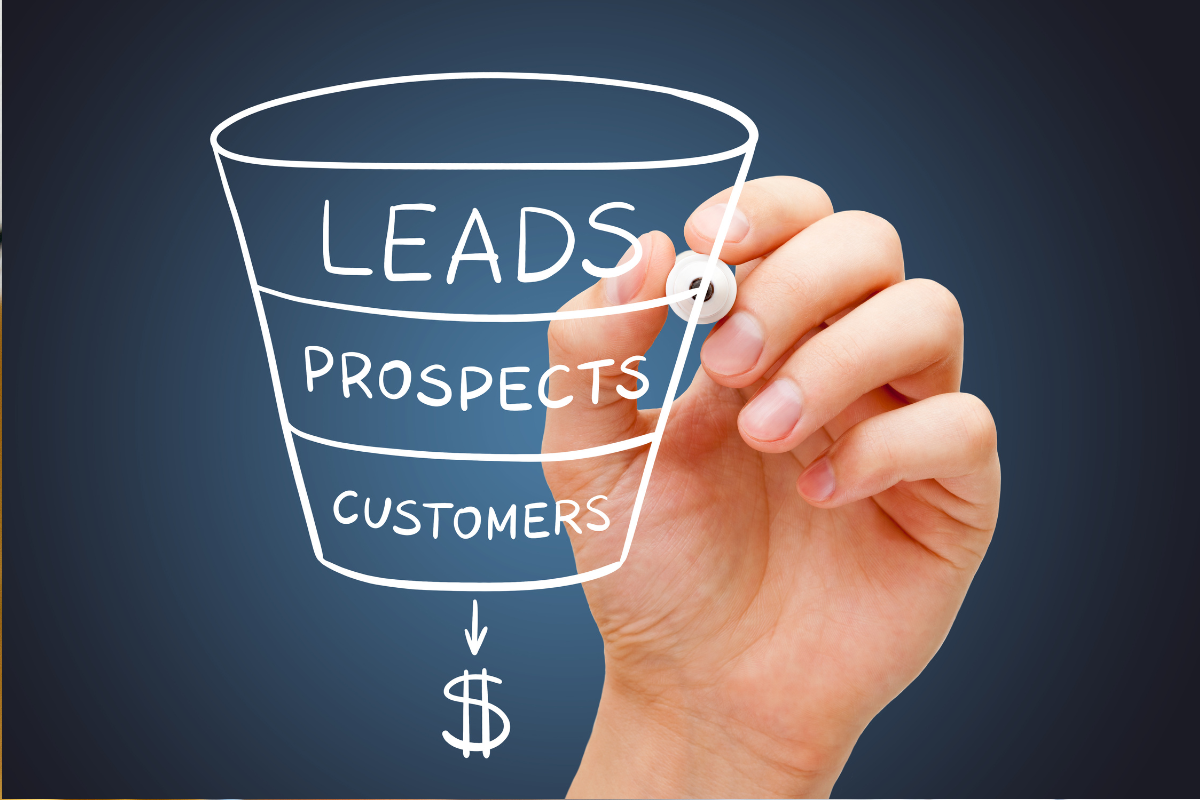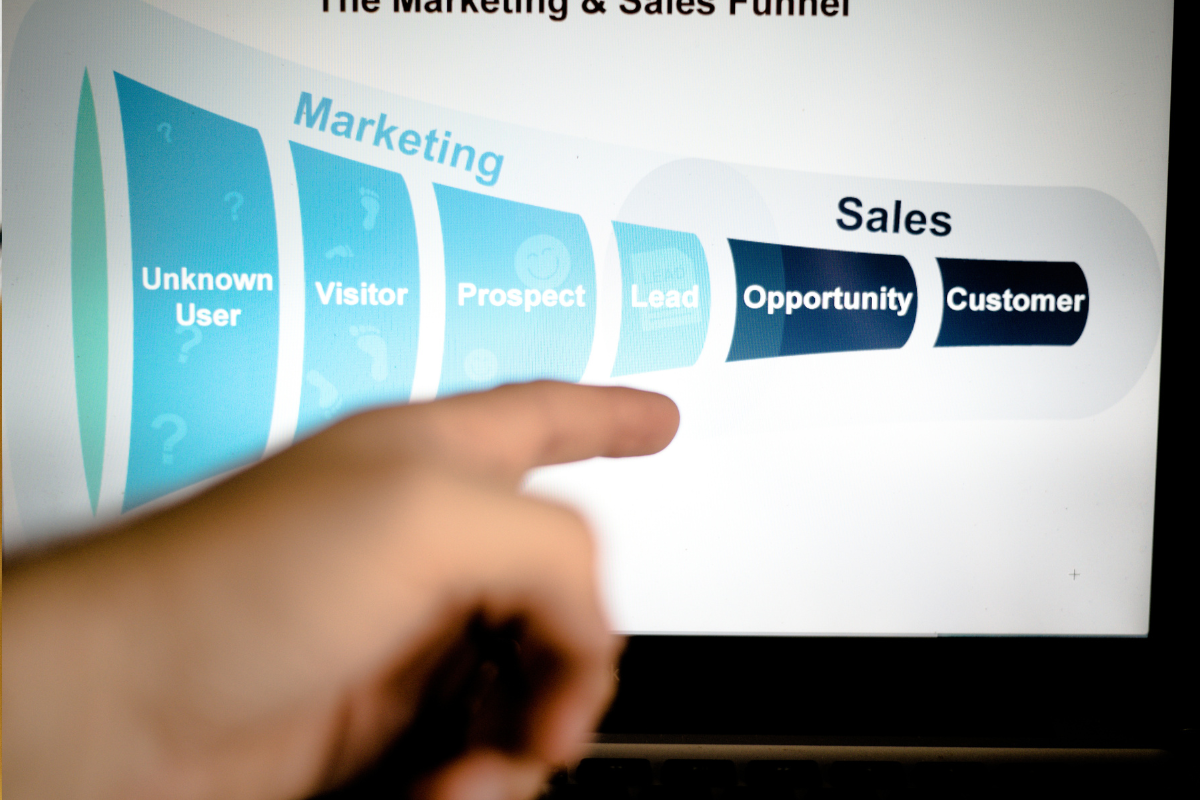
Top-To-Bottom: Tips To Streamline Your Marketing Funnel
Posts by Alan TaylorAugust 16, 2023
An organization’s marketing funnel is the journey that a customer takes from their initial stage of learning about a company to the final stage, where they convert into a paying customer.
Some businesses extend this marketing funnel to also cover post-purchase business-client relationships, like customer retention and satisfaction.
Depending on the complexity and breadth of your business, your marketing funnel can quickly become difficult to manage.
In each stage of the marketing funnel, your business will deal with customers that are at a different level of knowledge and engagement.
For example, a customer that’s in the initial stage will have very little trust in your brand, meaning they’re unlikely to make a purchase.
Alternatively, a customer toward the bottom of the funnel will be looking for that last piece of evidence that convinces them to convert to a paying customer.
In this article, we’ll dive into the marketing funnel, breaking down an effective technique that you can use at every stage to increase the chance that a customer moves further down the funnel. With these tips, you’ll be acquiring new customers in no time.
Streamlining Top-of-the-Funnel Marketing
Top-of-the-funnel marketing is entirely involved with getting users to encounter your brand for the very first time.

Instead of directly trying to sell to people or offer your services, the marketing you do at this stage should be about creating a reputation for yourself in the industry and naturally bumping into new customers.
One of the most effective ways of kick-starting top-of-the-funnel marketing is to focus on a wide content marketing strategy.
By writing blog posts with SEO in mind, you will naturally begin to rank for certain keywords over time.
While this definitely won’t be an overnight success, creating this content allows customers to organically find your content.
When a customer searches for something related to your business and finds an in-depth blog post about the topic, which you have researched, written, and provided completely for free, they instantly find you in a positive circumstance.
If they repeatedly use information from your site, they will start to look favorably upon your brand and build up a positive association.
Over time, these initial stages, propelled by organic clicks and well-researched content, can convert into the foundations of a successful company.
Facilitating Effective Middle-of-the-Funnel Communication
At the middle stage of the marketing funnel, your audience already knows your brand and has some level of familiarity with who you are and what you’re selling.
Although they haven’t actively bought anything from your brand, they will have engaged with your posts, your social media, and will likely have signed up for your email newsletter.
Concerning this latter idea of signing up for an email newsletter, 75% of consumers will actively search through their inboxes for relevant coupon codes and discounts.
If you offer a coupon in return for signing their email up to your newsletter, you’re incentivizing the signup, which will lead to more active users, while also boosting the customer’s return from this action.
Email newsletters can be an immensely effective way of communicating with potential customers during the middle stage of the marketing funnel.
By using an email signature creator, your marketing team is able to create comprehensive emails that include relevant and important snippets of information.
At this middle stage, you want to keep growing familiarity with your business. As emails arrive directly to your customers’ inboxes, this is a phenomenally impactful strategy to do so.
Send out emails that let customers know about potential sales you’re having, any news you want to share, or even just an update about your company’s goals and objectives.
Making the most of email communication is a vital strategy in this middle stage of the marketing funnel, and one that will help your customer acquisition and retention across the board.
The Final Stretch: Bottom-of-the-Funnel Optimization
At the bottom stage of the marketing funnel, your customers already have a good idea about the services and products you offer, will have come across your presence online many times, and will have a good amount of trust for your brand.

At this stage, your business needs to focus on converting browsing customers to paying customers and facilitating this leap into conversion.
Of course, conversion is much easier said than done, with typically conversion rates for businesses only coming in at around 2-3%.
Due to these low rates, bottom-of-the-funnel optimization is vital if you’re looking to increase the number of total sales your business receives and improve your bottom line.
At this final stage of the marketing funnel, the best tactic you can use is to turn to social proof of your products and sales.
Depending on the style of your business, whether it sells products or services, and whether it operates in a B2B or B2C environment, the specifics of what you use here will differ.
In the following environments, the best bottom-of-the-funnel social proof you can use is:
- Offering Services: If you offer services to your customers, then the best social proof you can use is case studies. By creating a number of diverse case studies that demonstrate how your business has helped either customers or other businesses succeed, you can show the necessity of your products.
- Offering Products: If your business sells products, then using customer reviews and attaching them to all your products will give customers that final nudge they need to move toward conversion. Seeing other people with positive and verified reviews will inspire others to buy.
By investing in social proof and creating these streams of verified demonstrates about the validity and usage of your products or services, you’ll be able to push customers over the finish line toward conversion.
With that, you will have come to the end of the basic marketing funnel, delivering your customers from the initial stages all the way to a sale.
Final Thoughts
Across your marketing funnel, the strategies you need to employ to engage and interact with your customers will vary greatly.
While top-of-the-funnel marketing strategies focus more on building trust with and exposure to a brand, bottom-of-the-funnel strategies focus more on driving customers toward a first purchase.
By implementing the three core strategies that we’ve outlined in this article, one for each general stage of the marketing funnel, your business will be much more prepared to excel in every stage of the customer journey.
Not only will this help your own bottom line, but it will ensure your customers feel connected and integrated to your brand as you grow.
Everyone benefits when you facilitate a strong movement through the marketing funnel.
